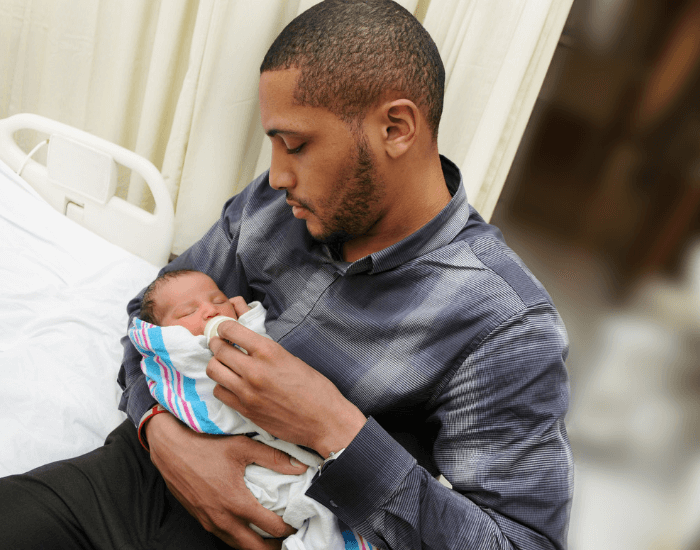
A DNA paternity test is considered the gold standard by both the scientific and legal communities when it comes to accurately establishing a relationship between a possible father and a child. Legal paternity tests are accepted worldwide as one of the world’s largest, most trusted DNA tests, and DNA Diagnostics Center (DDC) is qualified to answer questions and provide reliable information. So, to help you make an informed decision, here’s everything you need to know about a DNA paternity test.
Call Now: CALL NOW: 1.800.681.7162
What is a DNA Paternity Test?
Each person’s genetic fingerprint is unique, which makes this type of testing so reliable. A biological child shares 50% of their DNA with the biological father and 50% with the biological mother. A DNA paternity test compares a DNA sample from an alleged father and a DNA sample from a child (minor or adult) to determine whether the two individuals are likely to share or not share a father/child biological relationship. To be considered the biological father, the man being tested must match the child’s data at every marker tested (except for mutations, which are taken into account by geneticists when determining the probability of paternity).
What a DNA Paternity Test Can’t Determine
- Proof of relationship for possible biological connections other than paternal (aunt/uncle/sibling/grandparent)
- Information about ancestry
- Age of participants
- Race of participants

The DNA Paternity Testing Process
What Do You Need for a DNA Paternity Test?
A DNA paternity test requires only a DNA sample from the possible father, the child in question, and the child’s mother (her participation is optional but recommended).
How Does a DNA Paternity Test Work?
All paternity tests have two parts: Collecting the DNA from test participants and then testing and analyzing the samples at the lab.
How DNA is Collected
- DNA for paternity tests comes from participants’ cheek cells, collected using a simple, painless swab.
- Each participant is provided with four swabs. Using one at a time, the tip of the swab is rubbed firmly on the insides of the cheeks to collect DNA. An adult can swab a child or infant.
- Swabs are placed in paper envelopes; paper containers allow the organic material on the swabs to “breathe” and prevent mold contamination as they travel to the lab. If swabs seem a little too “wet,” wave them in the air for a few minutes to dry them a bit before putting them in the paper envelopes.
- In some rare postnatal cases, a blood sample may still be used for DNA, but cheek swabs are now the norm. A DNA swab test or blood test is equally reliable as the other.
How the Test Works in the Lab
- DNA is extracted from the cells of each participant and then amplified to make the sample more workable.
- At least 16 STR genetic markers for each participant are analyzed (DDC’s baseline is 20) using a method called Short Tandem Repeat (STR) Analysis to capture the genetic information for each marker.
- A geneticist takes this data and calculates the probability that the man tested is the biological father of the child tested.
Call Now: CALL NOW: 1.800.681.7162
Can a DNA Paternity Test Be Performed at Home?
A DNA home paternity test can be done if you only want results for your peace of mind and information. If you need results for any type of legal reason, such as child support or custody, then you should order a legal, witnessed paternity test instead.
For a home test:
- You can order a kit online or at your corner drugstore.
- When you get a kit at the store, you pay the retailer for the kit and then pay a separate fee to the lab once you’re ready to test.
- Swab at home, register the kit online and then send the swabs directly to the lab.
- When ready, the results report is posted to a secure online account or can be delivered via mail. For security reasons, reports are never delivered via email.
PRO TIP: Your DNA kit from DDC comes with a postage-paid USPS mailer. Samples sent in this mailer can take ten business days to reach our lab. If you want results faster, pay a little extra to send samples via USPS Priority Mail, FedEx, or UPS.
Where to Get Paternity Testing
For the results of a paternity test to be court-admissible, DNA collection and submission to the lab need to be supervised by an approved disinterested third party. Here’s how it works:
- Call the lab directly to request a legal test.
- The lab makes an appointment (or appointments) at an approved DNA collection facility near you.
- A DNA test kit is then sent directly to the facility.
- Participants show up at the designated times (they don’t have to be there at the same appointment).
- The DNA collector checks IDs, takes photos, and supervises (or performs) DNA collection.
- The DNA collector fills out the necessary paperwork and mails samples to the lab.
- When ready, the results report is posted to a secure online account or can be delivered via mail. For security reasons, reports are never delivered via email.
Because the chain of custody is maintained throughout the DNA collection process and participant identities are verified, only a legal test like this can provide court-admissible results.
How Long Does a Paternity Test Take?
Once samples arrive at the lab, the standard turnaround time for a paternity test at DDC is two (2) business days. However, 1-day results and same-day results are available at an additional fee.
How Accurate Are the Results?
At DDC, each test is performed by two teams to ensure accuracy, so you can be sure results are accurate for the samples we are provided to test. As mentioned, results for legal, witnessed paternity tests by an accredited lab are accepted as proof of paternity by courts and can be used for immigration purposes.
IMPORTANT FACT: The only difference between a home and a legal paternity test is how the DNA is collected. Once samples arrive at the lab, the testing process is identical.
How to Interpret the Results of a Paternity Test
Accreditation mandates require labs to use specific legal language when presenting a report for a DNA paternity test. Here’s what it means in more straightforward language.
If a man IS considered the biological father, the report contains the following:
- A conclusion statement that says that the alleged father is not excluded as the biological father of the tested child. This means he can’t be statistically ruled out and is considered to be the biological father of the child.
- A Combined Paternity Index (CPI) shows the odds that the man is the child’s father. For example, a CPI of 43,110,000 means there is a 43,110,000 to 1 chance that someone other than the tested man is the biological father instead.
- A Probability of Paternity is the chance—given as a percentage—that the man is the father. It’s generally 99.999% or higher for a standard paternity test, which would read: There is a 99.999% chance that this man is the child’s biological father.
If a man IS NOT considered the biological father, the report contains the following:
- A conclusion statement that says the alleged father is excluded as the biological father of the tested child. This means he is not considered the biological father.
- A Combined Paternity Index (CPI) shows the odds that the man is the child’s father. For an exclusion, this number is always 0.
- A Probability of Paternity is the chance—given as a percentage—that the man is the father. For an exclusion, this number is always 0.

How Much is a Paternity Test?
A paternity test performed at an accredited laboratory costs $130 to $200 if you collect DNA at home. If you need results for court, the cost is $300 to $500.
DNA Paternity Testing While Pregnant
You can get a paternity test while pregnant, and the safest way to do so is with a Non-Invasive DNA Prenatal Paternity test (NIPP). This test requires only a blood sample from the mother and a simple cheek swab from the possible father. It can be performed as early as seven (7) weeks into the pregnancy.
- At a doctor’s office or clinic, the mother’s blood is drawn, and the possible father’s DNA is collected via a buccal (cheek) swab.
- Free-floating DNA from the baby is contained in the mother’s bloodstream; those cells are isolated from the mother’s, and a DNA profile for the unborn child is obtained.
- The baby’s DNA profile is compared with both the father’s and the mother’s, and a probability of paternity can be established.
Choose DNA Diagnostic Center for Paternity Testing
We’ve been the most trusted resource for DNA paternity testing since 1995. DDC processes millions of DNA samples annually, providing thousands upon thousands of accurate results for paternity tests, relationship tests, fertility tests, and more. Call now or email [email protected] today for paternity testing and get the results you need.

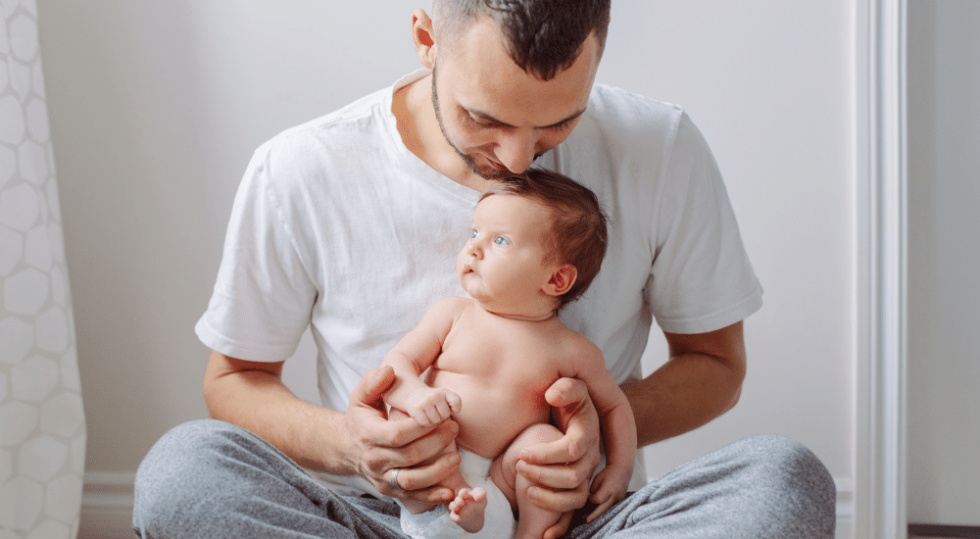
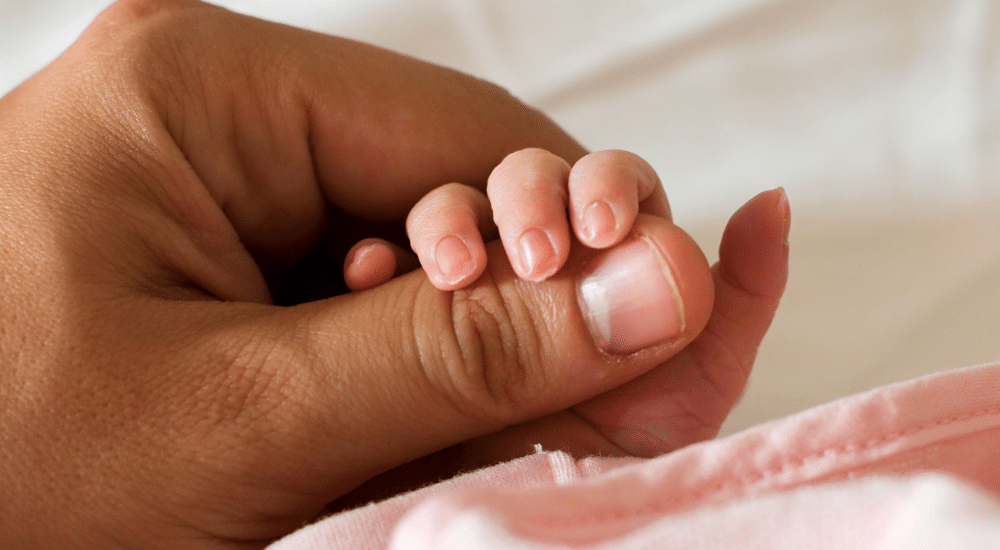
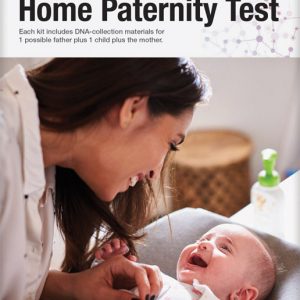
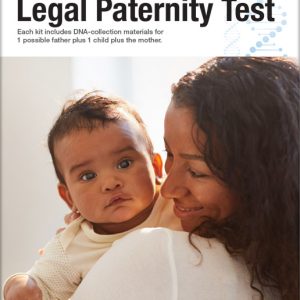




How common are false positives? , given that there are matches in each location, cpi is 100,00 or greater and the proof of paternity is 99.999% .
The odds of an unrelated male other than the tested man being the father are 100,000 to 1, from what you said. If this were a legal paternity test, those results would be proof of paternity in court. You can put your mind at ease.
Hellow sir/madam
I kindly request to get the fee of a paternity test a father and his 7 children who live in overseas and need a DNA paternity test
I want also to be informed about the process procedure
Any help will be greatful
Thanks for reaching out. More information is needed, however, so I cannot provide answers here. Please email us at [email protected] and we’ll be happy to assist.
Hi, I went to do DNA paternity DNA testing today to prove the biological relationship between me and my would-be son. The child’s sample was taken just after being breastfed by her mother. can that affect his DNA profile?
Hi, Bakarr. Breast milk cannot change the DNA whatsoever. What it may do is contaminate the sample, making it impossible to extract enough DNA from the cheek cells to complete testing. If you are provided with results, then the breast milk wasn’t a problem.
I have two children by my ex-wife. I am positive that my youngest….second born is my child. I have long wondered if my oldest, first born was fathered by me.
I would like to have a test done, but I do not want to upset my oldest with my suspicions, so is there a way I can collect a sample without this adult child knowing, other than a cheek swab?
Hi, Craig. I suggest you contact our experts directly at 800-929-0847 (M-F, 8 AM to 8 PM Eastern) to determine what your best options are.
The Mother of the Child and I want to get a DNA Test done, but we live in different states. Is it possible to still get the in home test done?
Hi, William. Yes, it is. We would simply send testing materials out to both parties separately, but the materials would have the same barcodes so they can be reunited and tested together at the lab. Please give our experts a call at 800-929-0847 (M-F, 8 AM to 8 PM Eastern).
my dad is in prison. his biological father is unknown but a man reached out to him , they think they share the same father. how can we determine if my possible uncle and my dad have the same father if my dad is in prison?
Hi, Nevaeh. You and this man can do an avuncular (aunt/uncle) test to determine if he and you share a biological relationship. I suggest you contact our experts directly for a free consultation at 800-929-0847 (M-F, 8 AM to 8 PM Eastern).
If the father does not show up for paternity test but has had dna taken from him long before while in prison can that be used?
Hi, Karlee. Most likely not. We would need to know several things: Who has the DNA sample, is it just a profile, where it is stored, is their chain of custody intact, and would that location/lab/agency be authorized to release the sample and chain of custody to DDC for testing? I suggest you contact our experts directly to see what the best options are for testing: 800-929-0847 (M-F, 8 AM to 8 PM Eastern).
If a genetic test (performed by the state) on a child/father & it shows he IS the father, what is the likelihood of a paternity test showing otherwise? Some people say a genetic test doesn’t prove paternity.
Hi, Seven. Without additional information, it’s hard for me to comment. The state performed genetic testing on a possible father and child but it wasn’t for paternity? It sounds as if perhaps it was a paternity test, which is a genetic test.
How can we do a test if child and I live in another state than said father?
Hi, Kristina. When you order directly from us by phone, we’ll set up the test for you and send testing materials directly to all participants, no matter where they live. Those materials all have the same barcode so that samples are reunited at the lab. Contact our experts M-F from 8 AM to 8 PM at 800-929-0847.
Thomas
My Dad died 44 year ago but I want to do the test how can it be done?
Hello,Thomas. Do you have contact with other known relatives of your father’s? If you do, give our experts a call at 800-929-0847 (M-F, 8 AM to 8 PM Eastern). If not, you may want to start by doing an ancestry test with a company that allows customers to share data. You may be hooked up with some of your biological father’s relatives that way if they’ve also tested. It’s a good place to start.